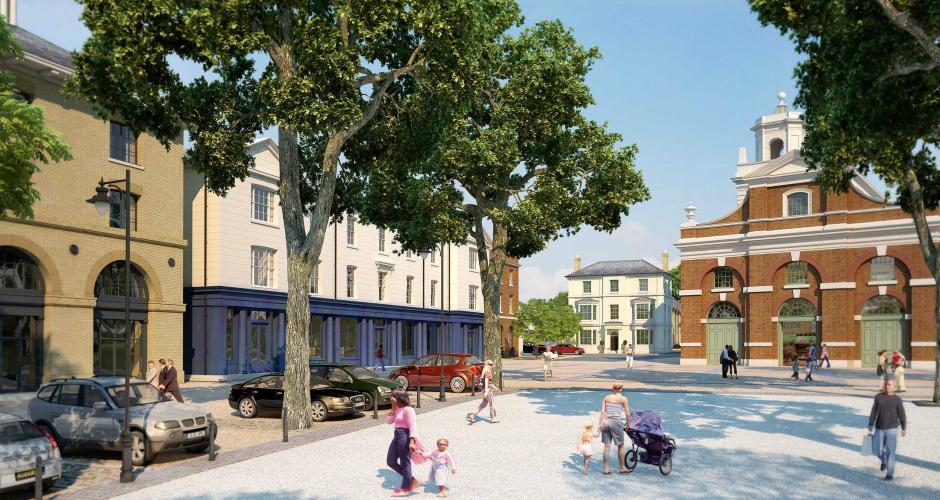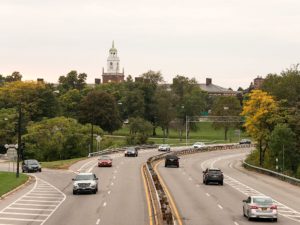
“This week in Seattle the members of the Congress for the New Urbanism (CNU) gather on the 25th anniversary of their first meeting in Alexandria, Virginia,” writes Hank Dittmar in a repost on Public Square. “The congress burst on to the scene in the early nineties, after a period when cities were excoriated as unsafe, and perhaps in terminal decline across the world. Suburban sprawl was in the ascent, and the word “urban” was often used as a synonym for crime and deprivation.” “The CNU’s Charter of the New Urbanism, adopted in 1995, clearly stated the problem: ‘The Congress for the New Urbanism views disinvestment in central cities, the spread of placeless sprawl, increasing separation by race and income, environmental deterioration, loss of agricultural lands and wilderness, and the erosion of society’s built heritage as one interrelated community-building challenge.‘” “It just as boldly aimed at a solution: ‘Neighborhoods should be diverse in use and population; communities should be designed for the pedestrian and transit as well as the car; cities and towns should be shaped by physically defined and universally accessible public spaces and community institutions; urban places should be framed by architecture and landscape design that celebrate local history, climate, ecology, and building practice.‘” “The CNU has prospered during a time when cities have once again been seen as engines of economic prosperity, cauldrons of opportunity, and as lively places which hold promise for improving environmental, health and prosperity outcomes. The CNU can’t take all the credit, as allied groups such as the Academy of Urbanism and the Urban Task Force in this country have sprung up to carry the message, but urbanism and cities have undoubtedly been on the ascent both in the developed world and the global south in the past 25 years.” “This has been dubbed the urban century, following the 2008 UN announcement that more people in the world lived in cities than in rural areas. Cities are increasingly seen as prime economic drivers in the world economy. This success has led to a new set of issues… In this area, the CNU, with its localist initiatives for Tactical Urbanism and Lean Urbanism, may once again be in the vanguard.”







